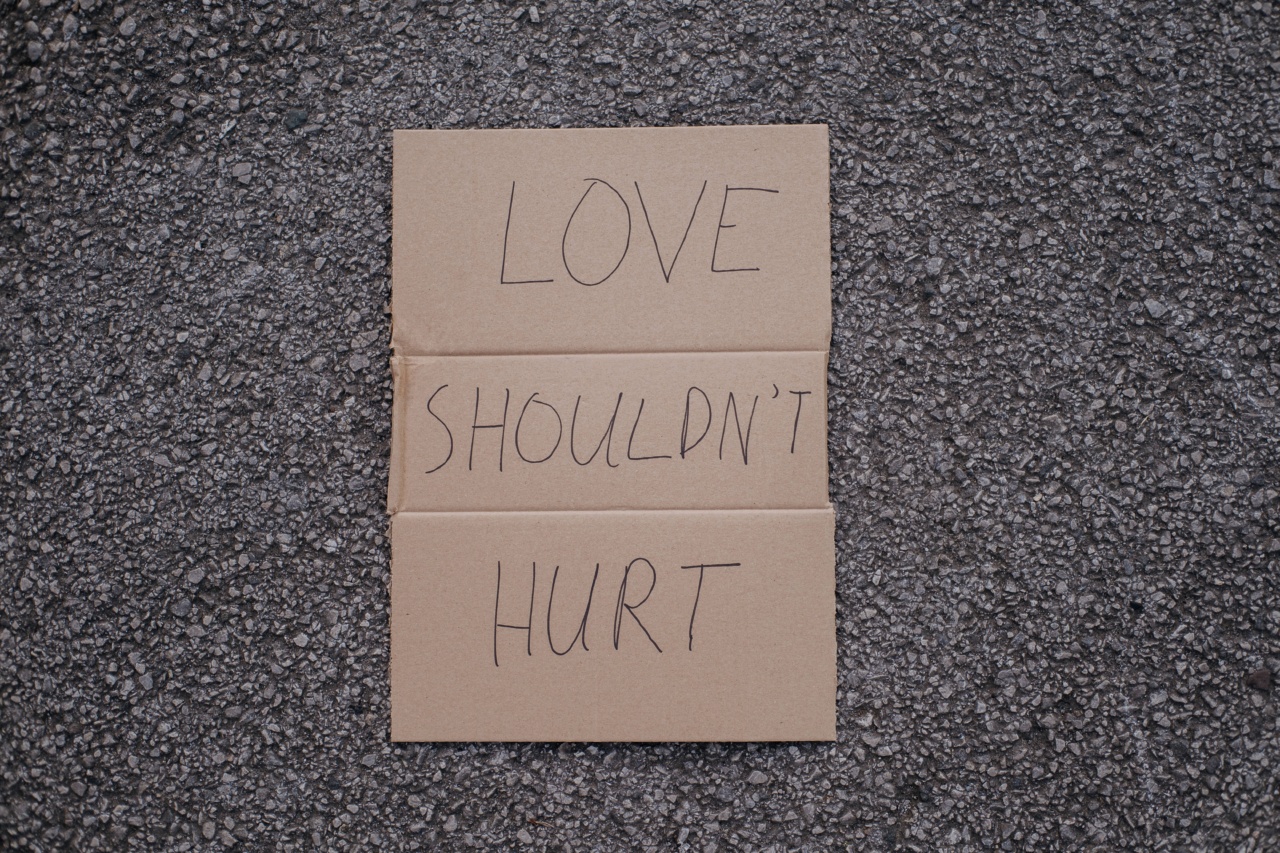Warts are a common skin infection that affect a large number of people worldwide. They are caused by the human papillomavirus (HPV), which enters the skin through small cuts and breaks.
While warts are not harmful, they can be unsightly and cause embarrassment, especially when they appear on the face or hands. In this article, we will discuss what everyone should know about warts and risk factors that can increase the likelihood of developing them.
Types of Warts
There are several types of warts, each with their own characteristics:.
Common warts
As the name suggests, common warts are the most frequently occurring type of wart. They usually appear on the fingers, hands and feet, and have a rough, raised surface.
They can be flesh-colored, pink or light brown, and often have small black dots in the center known as ‘seeds.’.
Plantar warts
Plantar warts occur on the soles of the feet and can be very painful, especially when standing or walking. They have a flattened appearance and are often surrounded by hardened skin. Like common warts, they may have black dots in the center.
Flat warts
Flat warts are smaller and smoother than common warts. They often appear in large numbers on the face, arms and legs, and are more common in children and teenagers.
Filiform warts
Filiform warts are long and slender, with a rough surface. They often appear on the face, especially around the eyes and mouth. They can also appear on the neck or under the chin.
Risk Factors for Warts
While anyone can get warts, certain factors can increase the likelihood of developing them:.
Age
Children and teenagers are more likely to develop warts than adults, possibly because they have not yet built up immunity to the virus.
Weak Immune System
Individuals with a weakened immune system, such as those with HIV or undergoing chemotherapy, are more susceptible to warts.
Activity
People who participate in activities that involve skin-to-skin contact, such as wrestling or martial arts, are more likely to get warts.
Walking Barefoot
Walking barefoot in public places, such as locker rooms and swimming pools, can increase the likelihood of getting plantar warts.
Prevention and Treatment
While warts are generally harmless, they can be difficult to get rid of. Avoiding contact with infected skin is the best way to prevent warts from spreading.
If you have warts, avoid touching or scratching them, as this can spread the virus to other parts of your body.
Over-the-counter wart treatments, such as salicylic acid, can be effective in removing warts. However, if your warts are large, numerous, or resist treatment, it’s best to see a healthcare provider.
In some cases, they may need to be removed surgically or with a laser.
Conclusion
Warts are a common skin infection that can affect people of all ages. Knowing the different types of warts and risk factors that can increase the likelihood of developing them can help you take steps to prevent and treat them effectively.
If you have warts that resist treatment or are causing discomfort, see your healthcare provider for advice.





























